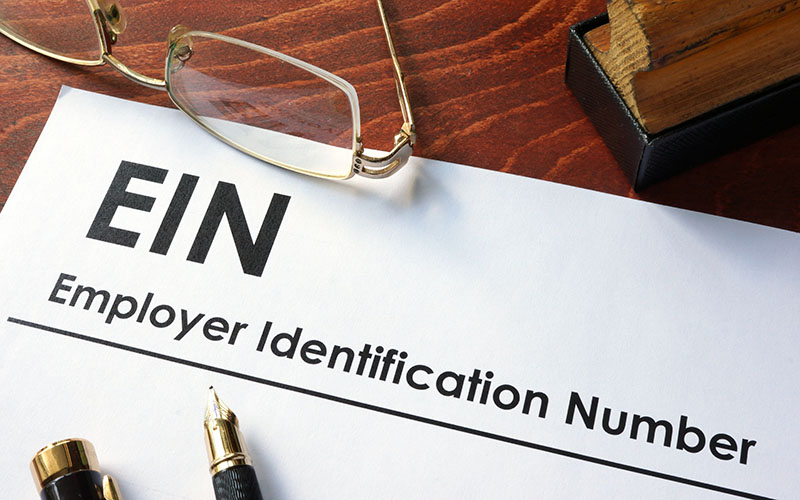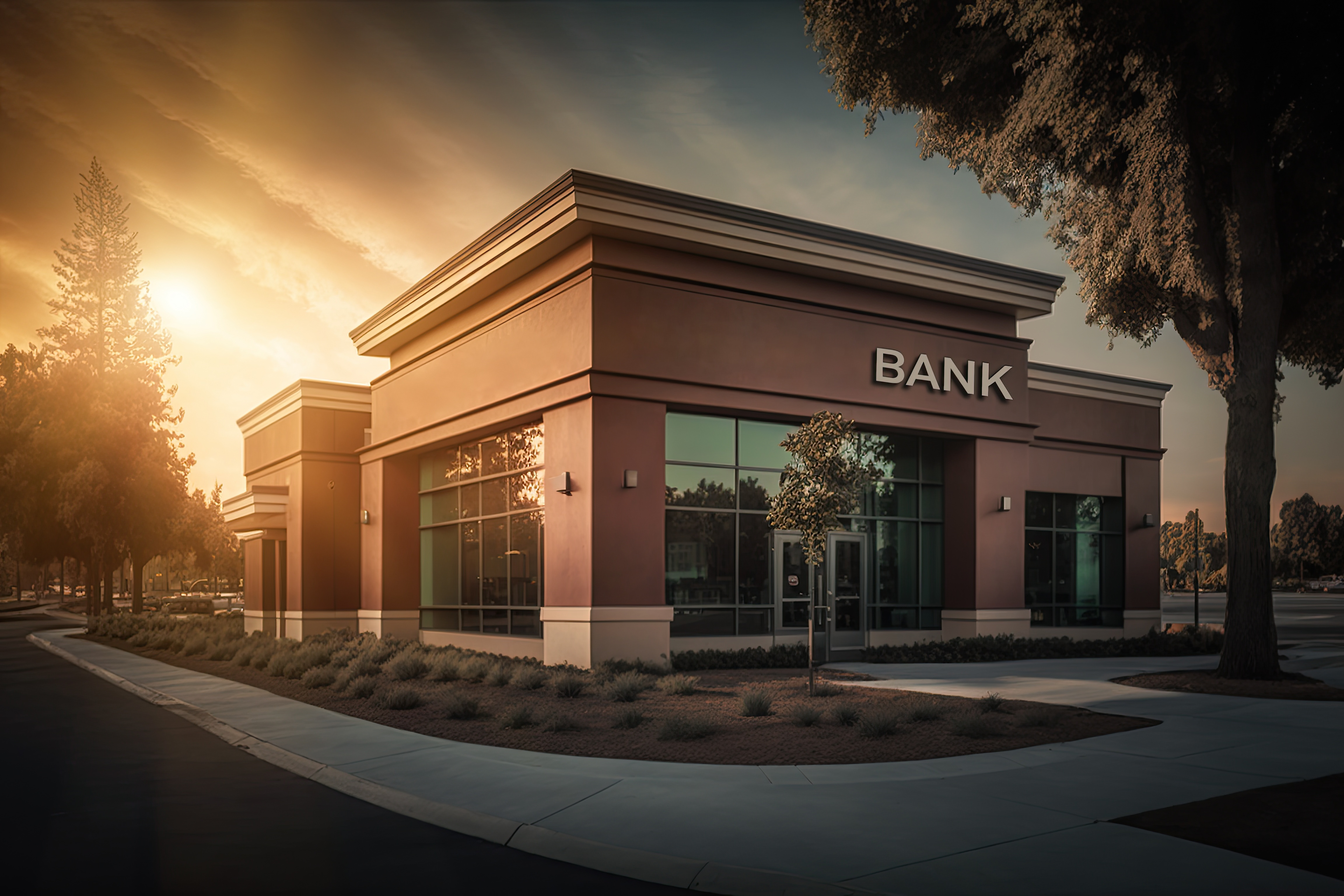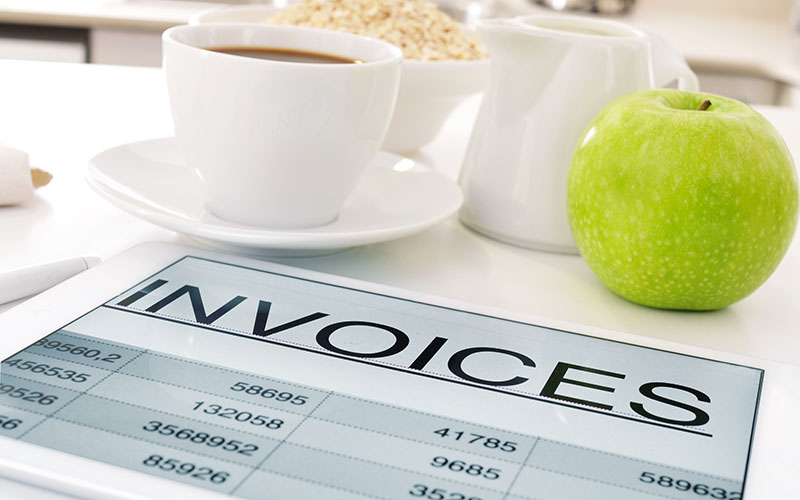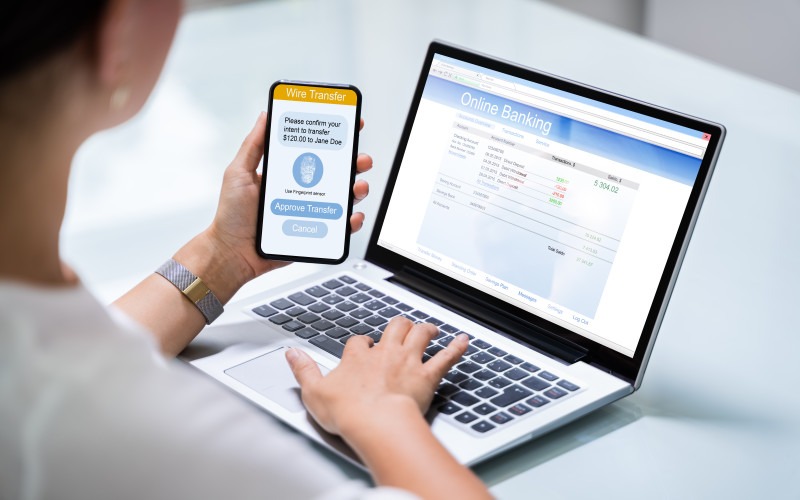- Home
- Business Banking
- Automating Invoicing and Collections (for Maximizing Cash Flow in your Business Account)
Automating Invoicing and Collections (for Maximizing Cash Flow in your Business Account)
Key Takeaways
- Automation significantly speeds up invoicing and ensures timely collections, reducing late fees and improving cash flow predictability
- Automated systems provide valuable insights through analytical dashboards, aiding in data-driven decision-making
- Choose automation software that aligns with business needs, considering factors like integration capabilities and cost-effectiveness
- Automation reduces human error and saves time by streamlining invoicing and collection processes, allowing staff to focus on strategic tasks
- Automated tools enhance management of customer billing changes and support customizable invoice reminders, improving customer service and financial consistency

In an era where efficiency is king, automation in financial operations has emerged as a game-changer for businesses striving to optimize their workflows. A staggering 73% of financial leaders affirm that automation not only boosts efficiency but also allows employees to redirect their focus towards more strategic tasks.
Curious to know how? Keep reading as we delve into everything about automating invoicing and collections for businesses. We’ll also show you how you can find the right software for doing so.

Benefits of Automating Invoicing and Collections for Cash Flow Optimization
Before we dive deeper into how you can use automation in invoicing and collection, let’s explore how it benefits your business. After all, if you’re incorporating tech into such an important task, you should know if it’s worth the investment.
We’ll go into the details of how some of these benefits function later in this article.
Saving Time and Effort
With the help of pre-defined rules and a streamlined workflow, you can increase the speed at which your employees create an invoice. What can normally take a couple of weeks to design, authenticate and finally approve can be done in around 3-6 days.
As far as payment collections go, automation is used to build a set of operations that help your business systems handle the entire process. This includes which customers you want to charge, how much you need to charge them, and so on.
A system like this is essential since customers can change their billing plans with your company at any time. Trying to manage thousands of such requests with sheer manual labor would be ludicrous. You can easily change a customer’s billing plan and continue focusing on other important tasks.
Ensure Timely Payments and Predictable Cash Flow
Another crucial situation that automation can save you from is running late on payments. If you’ve ever dealt with several invoices from different merchants, you’ll know there are bound to be discrepancies here and there.
This isn’t much of a problem in most cases. However, some merchants have late fee penalties, which can incur extra unwanted costs. Using an automated system for processing invoices, you can ensure that all payments are made before they’re due.
In fact, you can also get accurate predictions of cash flow for your business with automation. We already know what bad cash flow predictions can lead to, so why bother taking the chance?
How many payments, reminders, or merchants would you be able to remember off the top of your head? Or list it down on a piece of paper? Without a smart system, your cash flow predictions can be way different than your actual collections.
Increase Visibility and Get Insightful Reports
When you buy an automation software, you’ll be able to monitor all invoices and get weekly/monthly/annual reports.
There are also analytical dashboards that can help you keep track of your payment traffic, cash flow, and CEI (collection effectiveness index). For invoicing, you can see when and where an expense is incurred.
Overall, having statistical data by the end of each month or even quarter can assist you in making data-driven business decisions.
Choosing the Right Invoicing and Collections Automation Software
Here comes the hard part: choosing the correct invoicing and collections automation software. When you have so many options, how do you even manage to pick the one that works best on the first try? By having a checklist!
We’ve listed some aspects below that you should consider before choosing any software.
Understand Your Needs
We say this as a general rule of thumb, but whenever you’re on the hunt for any software, you should always learn about your business first. Understand which invoicing and collections needs you want addressed and make a list.
Additionally, ask important questions such as :
- Who is going to use the software?
- Why do I need it?
- How will my invoicing and payment collections process be specifically different when utilizing this software?
As all businesses have different goals, values, and preferences, work out yours and see what kind of software you actually need. Does it need to have various templates? Do you need it to support multiple currencies? Should it support recurring payment invoices?
These are just some questions that can help you understand which software aligns with your requirements.
Check and Recheck the Price
Getting an affordable software should also be on your priority list. You’re in this because you want to save time and money, right? Splurging here wouldn’t make a lot of sense unless you’re receiving a very specific custom solution.
Today, almost all companies, regardless of their solutions, like to brand themselves as the “go-to person.” However, this also means that you could be paying more for a platform with the same features as an inexpensive one.
Always go through your entire list of options and check which price fits right within your budget.
Once you’ve got this set, you can tread the fine line between not comprising features for lower rates nor overpaying for a namesake.

Integrations, Integrations, and Integrations
The reason we’ve said that thrice is to symbolize its importance. You could be working with different platforms for billing, accounting, keeping records, etc. If you do, you’ll have to ensure that the software you choose also integrates with those platforms.
Generally speaking, an automation software that has a wide range of integrations is the best choice. This gives you the liberty to switch to other platforms for billing, accounting, and other operations while keeping your invoices and payments automated.
Setting Up Automated Invoice Reminders for Timely Payments
Once you’ve got your automation software in place and ready to do wonders for your business, it’ll be time to set up reminders for getting payments completed on time.
Ideally, you will have the option to choose the duration of your reminder. This can range from keeping a reminder one week before the due date or on the last day itself. You can also add follow-up notifications that alert you of any unpaid invoices.
If you’ve got a certain payment policy, like how businesses do for payrolls (i.e., payment within the first week, daily payouts, etc.), you can set your software’s reminders to fulfill it. Now, if your automation software opens the doors for more customization, you can even set reminders based on extra details such as a recipient’s name.
It’s better to have a notification that says, “Mark’s invoice is due in two days” than “Invoice #2234 is due in two days.” That extra bit of personalization helps you identify invoices quicker and prioritize which ones need to arrive first.
Lastly, make sure to keep evaluating how effective your software is. You can keep getting feedback on whether or not your clients/vendors are receiving invoices on time and how simple it is to understand.
This can also help you create the feeling that you care about who you do business with and give proper attention to their invoices.
Creating Customizable Invoice Templates for Consistent Branding
Businesses often overlook branding and find maintaining specific color schemes, fonts, or imagery a trivial detail. However, taking time to design formal documents like an invoice creates a sense of consistent branding that showcases your business’s identity.
You can create unique and professional invoices by starting with a blank template. With multiple templates available online, a brand can explore various styles and then work on its customization by adding the logo, brand colors, and aesthetics.
Also, don’t forget to mention essential information, including name, contact number, address, email, unique invoice number, and inclusive tax.
Integrating Automated Collections with Payment Gateways for Faster Transactions
Integrating a seamless payment gateway has become more of a necessity instead than a choice. Payment gateways handle the transaction process by sending a customer’s personal details to the provider for authenticating and transferring the amount.
By automating the collections process, businesses can ensure that all transactions are carried out securely (encrypting sensitive data). As a result, they speed up this process since there’s no need to manually type the information.
But how can organizations leverage this technology? That’s exactly what you’ll find in the steps below.
1. Finding the Best-Fitting Payment Gateway
The first step is to assess different payment gateways and decide which one aligns with your company’s requirements. Some common payment gateways types include – hosted, API-hosted, self-hosted, and local bank integration.
**2. Implementing and Testing **
Before using the payment gateway, you need to ensure that its integration is suitable and helps your collection process.
Businesses can perform tests such as inspecting successful payments, failed payments, stops responding, alert notification messages, and more to identify technical bugs.
3. Continuous Monitoring
It doesn’t end there. To ensure continual functionality of your payment gateway, you’ll need to monitor it regularly. This will optimize your collections procedure as you stay updated with any changes in APIs or features.
4. Training and Roll-out
Train your staff on how to use the new system effectively and roll it out in phases to ensure a smooth transition.
Streamlining Collections with Automated Payment Plans and Schedules
Using automated payment plans and schedules come with a long list of benefits. You’re saving your business a huge chunk of time, effort, and resources by automating the entire process of sending and tracking invoices.
With real-time visibility in hand (through tracking), businesses can effectively manage their cash flow. This also assist in locating potential bad debts and sending them prompts or reminders.
Doing this will even allow your customers to pay automatically or schedule their payments, making things easy for both parties.
Monitoring and Tracking Invoices and Collections with Automated Reports
By now, you’ve probably understood how important automating invoicing is, but there’s still more to it. Miscalculating or misjudging your cash flow can be quite common, especially when you have too many things to handle as your business grows. Here’s how you can monitor your bills efficiently.
Best Practices
Following some useful tactics for ensuring your invoices are proper is a good start. Be specific on invoice descriptions to avoid confusion. The template of the bill should be easy for record keeping. This helps you and your client understand it clearly.
Also, ensure that you proofread the due date to avoid unnecessary payment delays. Lastly, update your contact details to the latest so there is no going back and forth on the approval of the invoice.
Check on Late Payments
Catching up on late invoices is equally crucial. In most cases, the accounting software sends an email as a reminder, but it can sometimes end up in the spam folder. The best way to deal with this would be to contact the client directly via phone call or any other medium to reach them.
Run Reports and Strategize
Generating reports through an accounting software can quickly tell you about your net cash flow. This information can then be used to build and implement strategies that maximize your business profits and reduce avoidable expenses.
Reducing Errors and Delays with Automated Data Entry
No business can afford to make mistakes when entering data. So how do we remove them? Automation would be the answer yet again. Automated data entry is more accurate than manual work.
You can choose a suitable software that integrates with the tools your business requires to alleviate delays or mistakes in invoices.
Enhancing Customer Experience with Automated Communication and Support
Communication is the backbone of delivering premium customer services. Without personalized experiences, you can say goodbye to customer retention rates.
These three steps are a good launch pad to optimize customer services and improve retention rates.
- Use automated chatbots and call forwarding for quick communication.
- Put up a feedback portal to get valuable data and insights.
- Create targeted ads through content automation to generate profits.

Conclusion
Automation is the ace card for managing invoices/collections and even helps you to track cash flow. By implementing the best practices and robust software, billing can become an effortless task.
However, you need to ensure that inflows and outflows are balanced. Learning more about finance is key for any entrepreneur. To understand how a business checking account works, you can view our reviews of banks here.
What is the importance of automating invoicing and collections?
Automating invoicing and collections streamlines financial operations, ensuring faster processing, reduced errors, and improved cash flow management. This allows businesses to receive payments more quickly and predictably, enhancing financial stability.
What features should I look for in invoicing and collections automation software?
Key features to consider include integration capabilities with existing accounting or ERP systems, support for multiple payment methods, customizable invoicing templates, automatic payment reminders, and comprehensive reporting tools for tracking invoices and payments.
Can automating invoicing reduce operational costs?
Yes, automating invoicing can significantly reduce operational costs by minimizing the need for manual data entry, reducing errors, and decreasing the resources spent on chasing late payments. This efficiency can lower overhead expenses related to accounts receivable management.
Edited by:
Bryan Huynh
•
Product Tester & Writer

























































































